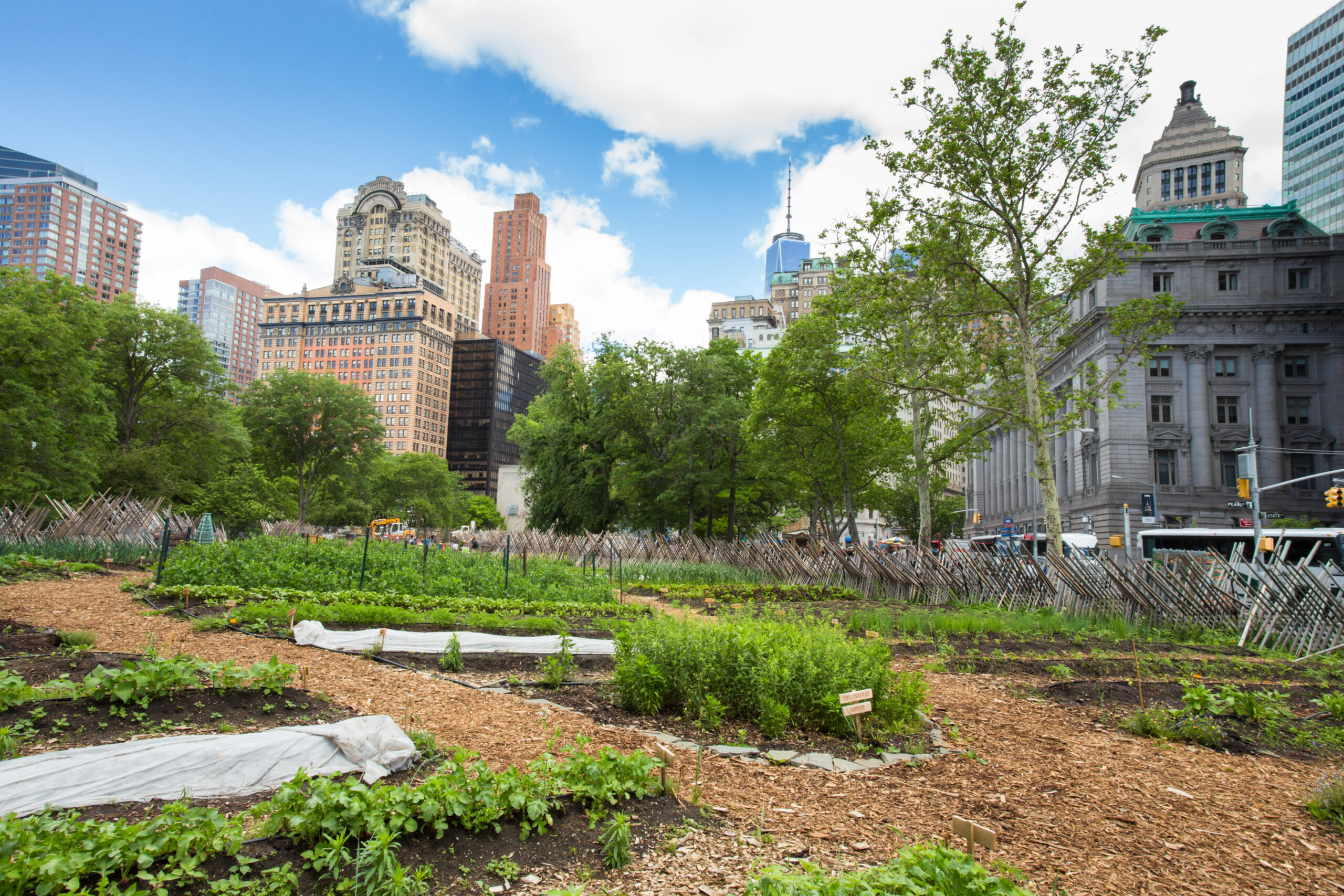City Blooming - The Facts
Table of ContentsThe Of City BloomingCity Blooming - QuestionsExamine This Report on City BloomingNot known Facts About City BloomingCity Blooming - The Facts
Interested in growing food for sale in the City of Chicago? Below is a list of frequently asked questions relating to the rules and regulations that growers need to think about when planning an urban agriculture project.
The zoning amendment does not change any type of various other codes dealing with composting, building permits, acquiring or renting City had residential or commercial property, company licenses or environmental contamination. There are existing codes that regulate these concerns and they stay completely effect and might apply to your job. Neighborhood gardens are typically had or handled by public entities, public companies or community-based organizations and kept by volunteers.
Urban farms expand food that is intended to be sold, either on a nonprofit or for-profit basis. As a result of their industrial function, city farms call for a business certificate. Yes. A neighborhood yard is permitted to market excess generate that was expanded on site if the sales are accessory or subordinate to the garden's main purpose defined above.
Getting The City Blooming To Work
Composting is enabled yet only for plant product that is created and used on site. The amount of garden compost material can not exceed 25 cubic yards at any offered time according to the criteria in 7-28-715 of the City's Municipal Code. Yes. Because the dirt at most new garden sites needs modifying, compost, soil, wood chips, or various other products can be acquired to create or boost the expanding space - sustainability.

If a structure permit is called for then the hoophouse will be considered an accessory structure. You can locate out more about the building authorization needs by getting in touch with the Division of Structures. The 25,000-square-foot dimension limit is planned to stop a single area garden from controling a provided block or taking away from the block's existing domestic or commercial character.
The restriction does not use to gardens situated in Public Open Area (POS) areas. Can there be even more than one community garden that is 25,000 square feet on a single block? Fencing is not needed, nevertheless, gardens that have big car park areas might be called for to mount fence or other landscape design functions.
Some Known Details About City Blooming
B1 & B2 areas call for that all commercial usage activities be conducted inside. R areas limit business task. The policies show the objective and intent of the Zoning Code. Is fencing required for urban ranches? Yes. Fencings may be needed, in addition to landscape design and screening, for specific parking lot and outside job or storage space areas relying on place and the specific task taking place.
Yes. Urban farms require building authorizations and zoning authorizations before construction. Other forms of city evaluation may be required depending upon specific structures, activities, size, landscape design, licensing, public heath and stormwater management problems. Much of these requirements are identified in the task design or permitting process, however, the candidate may be accountable to individually recognize specific licenses or allows that may be needed.
The Division of Organization Affairs and Customer Defense can aid identify the specific kind of organization permit that's called for. Off road car parking is needed web link for most commercial projects in Chicago. The required number of vehicle parking areas is based on the number of staff members working on website and not the square video of the growing room.
The Ultimate Guide To City Blooming

Yes. An urban ranch can offer compost material generated on website, however, the operation should abide by the regulations in 7-28-715 of the Chicago Municipal Code. Yes. Aquaponic systems are allowed inside your home on city ranches in several zoning areas. However, a zoning review and building license is required in order to install structures or systems and a company permit is required as described above.
Approximately five hives or colonies of honey may be maintained as an accessory use. Beekeepers must register with the Illinois Department of Agriculture. For more details about the recommended zoning change you might call the Department of Real Estate and Economic Development, Bureau of Planning and Zoning at 312.744.8563.
Farming in cities and metropolitan locations A city farm in Chicago. Urban farming refers to various techniques of cultivating. https://clean-gondola-5c7.notion.site/City-Gardening-Transforming-Urban-Spaces-7213d2fdc6c341e8bd8975e4c2f79126?pvs=4, handling, and distributing food in urban locations. The term additionally uses to the area tasks of animal husbandry, aquaculture, beekeeping, and cultivation in a city context. Urban farming is distinguished from peri-urban agriculture, which takes location in rural areas at the edge of suburbs.
The City Blooming Diaries
It can entail a motion of natural farmers, "foodies" and "locavores", who seek to form social media networks established on a common principles of nature and neighborhood holism. These networks can develop by way of official institutional assistance, ending up being integrated right into local town as a "shift community" movement for lasting metropolitan advancement.
In either case, the much more straight accessibility to fresh veggie, fruit, and meat items that might be understood via city agriculture can improve food safety and security and food safety while decreasing food miles, resulting in reduced greenhouse gas emissions, therefore adding to climate adjustment reduction. A few of the very first proof of city agriculture originates from Mesopotamia.